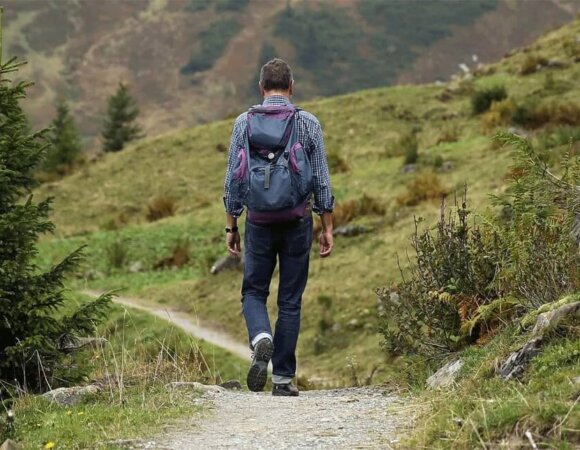10 Essential Exercises for Backpack Carrying Comfort
Table of Contents
ToggleExercises for Backpack Carrying are essential to avoid strain and discomfort during treks or travel. Carrying a heavy backpack can put significant pressure on your body, leading to fatigue and physical challenges such as added weight, awkward posture, and excessive muscle engagement. These factors can result in long-term issues like back pain and shoulder strain. To enhance your trekking experience, it’s crucial to build strength, endurance, and stability through targeted exercises for backpack carrying. Incorporating these exercises into your routine helps reduce fatigue, improve posture, and prevent injuries by strengthening key muscles, allowing you to carry your backpack with minimal stress on your body.
In this article, we will discover 10 essential exercises for backpack carrying along with how to incorporate these exercises into your workout routine.
Why Strength and Stability Matter for Backpacking
Exercises for Backpack Carrying play a vital role in maintaining strength and stability while trekking. Carrying a heavy pack directly affects posture, balance, and muscle coordination. An improperly balanced backpack can lead to a hunched posture, causing back pain, shoulder strain, and discomfort. It can also affect balance, making it more challenging to navigate uneven terrain. Common issues trekkers face include discomfort in the back, shoulders, and neck, along with muscle fatigue and imbalances. By focusing on specific exercises for backpack carrying, trekkers can improve their muscle coordination and overall posture, ensuring a more comfortable and injury-free experience.
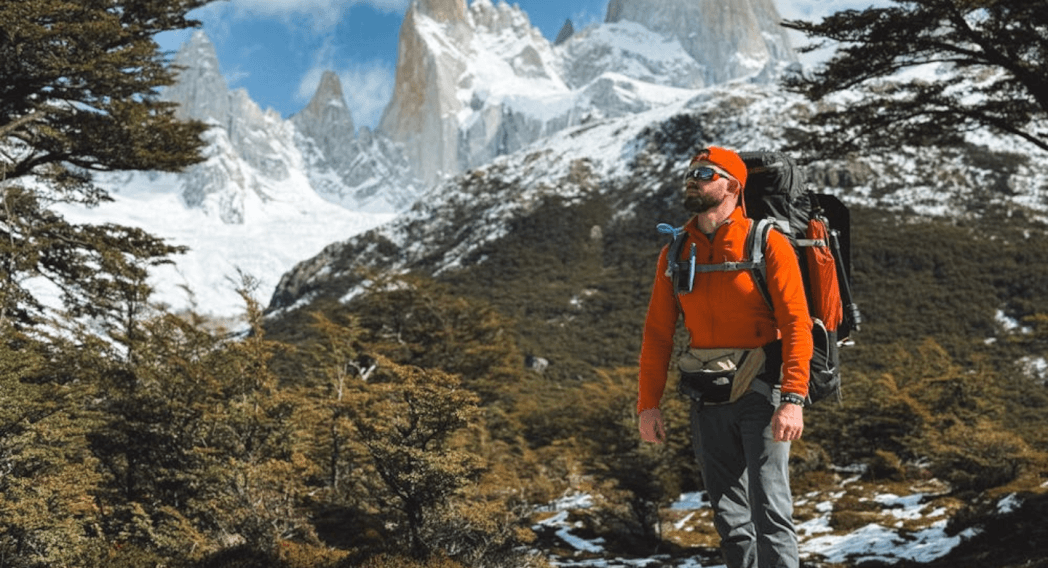
Core strength plays a key role in stabilizing your body and supporting your spine, while upper body endurance helps carry the weight of the pack without straining the shoulders. Additionally, lower body power is essential for supporting your legs and hips while walking or climbing with the added load. Strengthening these areas helps improve your posture, reduce discomfort, and increase overall endurance during your trek.
Top 10 Exercises to Strengthen Your Body for Backpacking
A. Core Strength and Stability
Plank Variations (Front plank, side plank) –
Builds core stability to support backpack weight
How to Do It:
- Front Plank: Start in a forearm plank position with elbows under shoulders, core tight, and back flat. Hold for 30–60 seconds.
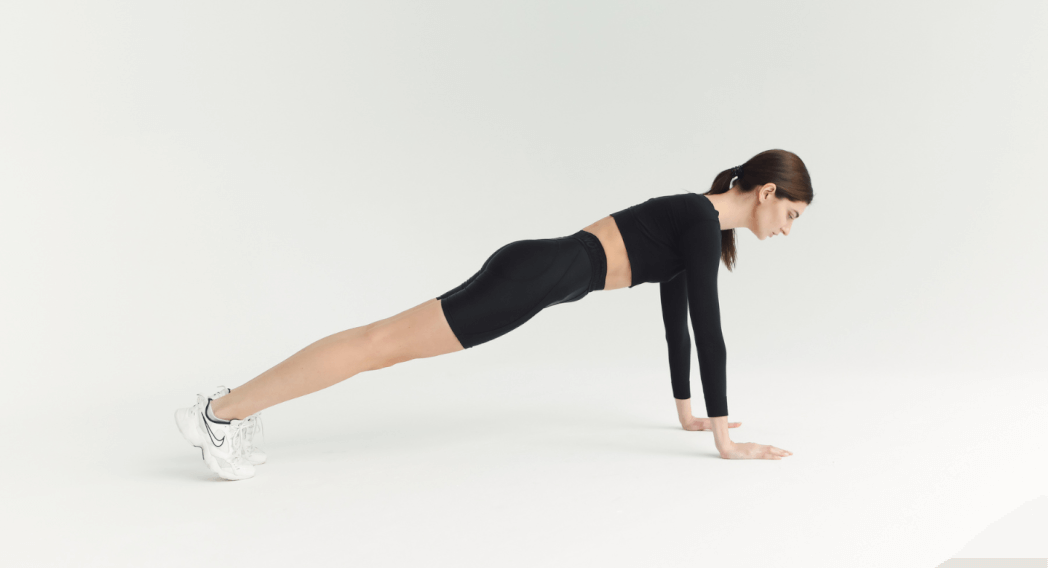
- Side Plank: Lie on your side, stack your feet, and lift your hips off the ground, balancing on one forearm. Hold for 30–45 seconds on each side.

Dead Bug Exercise –
Strengthens deep core muscles for better balance
How to do it:
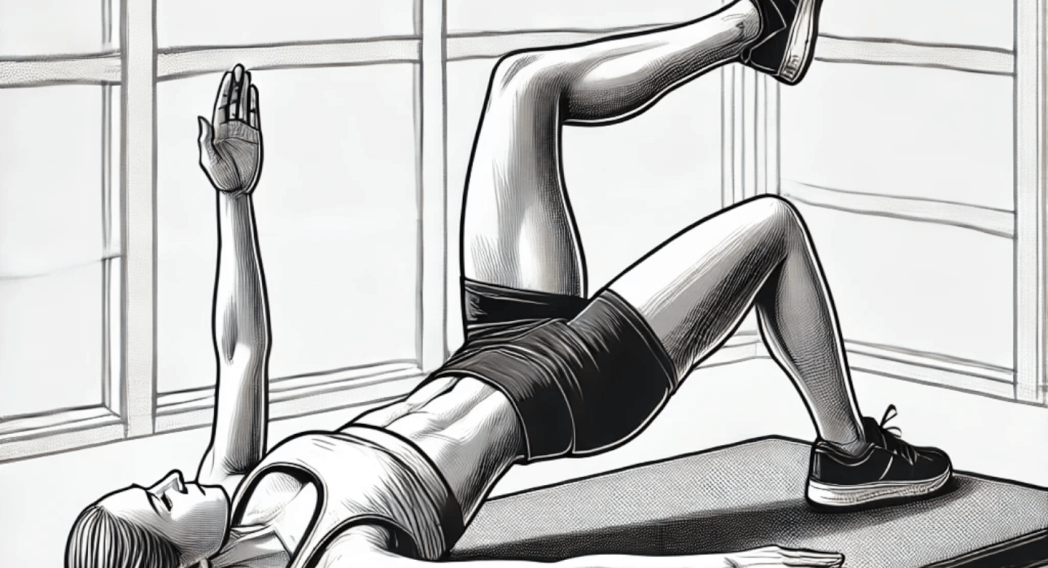
- Lie on your back with arms extended toward the ceiling and knees bent at 90 degrees.
- Lower your right arm and left leg simultaneously toward the floor without touching it.
- Return to the starting position and switch sides.
- Perform 10–15 reps per side.
B. Upper Body Strength
Push-Ups –
Strengthens chest, shoulders, and arms for handling gear and trekking poles
How to Do It:

- Start in a plank position with hands shoulder-width apart.
- Lower your body until your chest nearly touches the ground.
- Push back up to the starting position.
- Perform 10–15 reps.
Bent-Over Rows –
Targets back muscles for better posture under load
How to Do It:
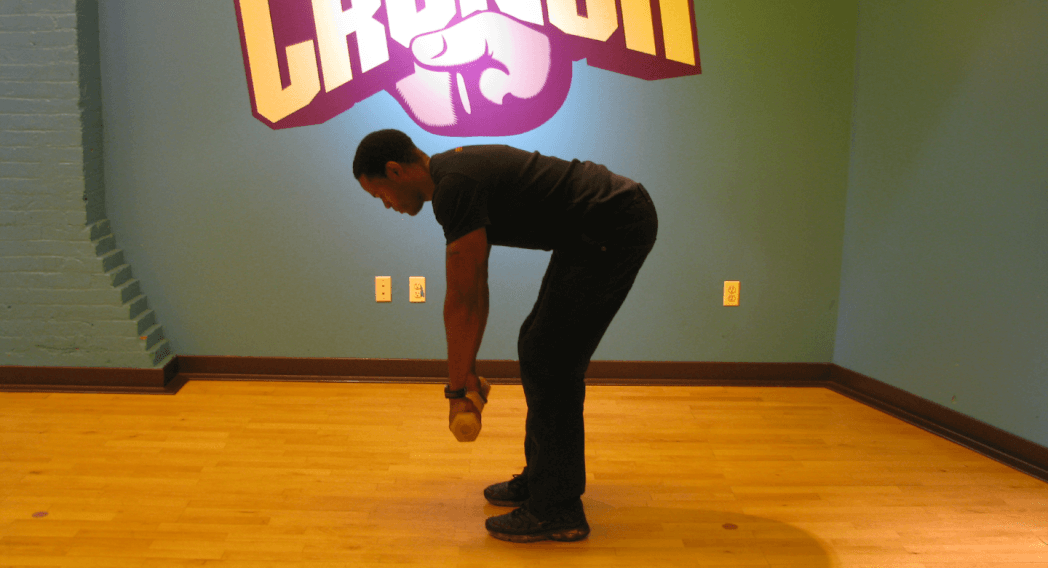
- Hold a dumbbell in each hand, hinge at your hips, and keep your back flat.
- Pull the dumbbells toward your waist, squeezing your shoulder blades together.
- Lower slowly and repeat for 10–12 reps.
Overhead Shoulder Press –
Builds shoulder strength for weight support
How to Do It:
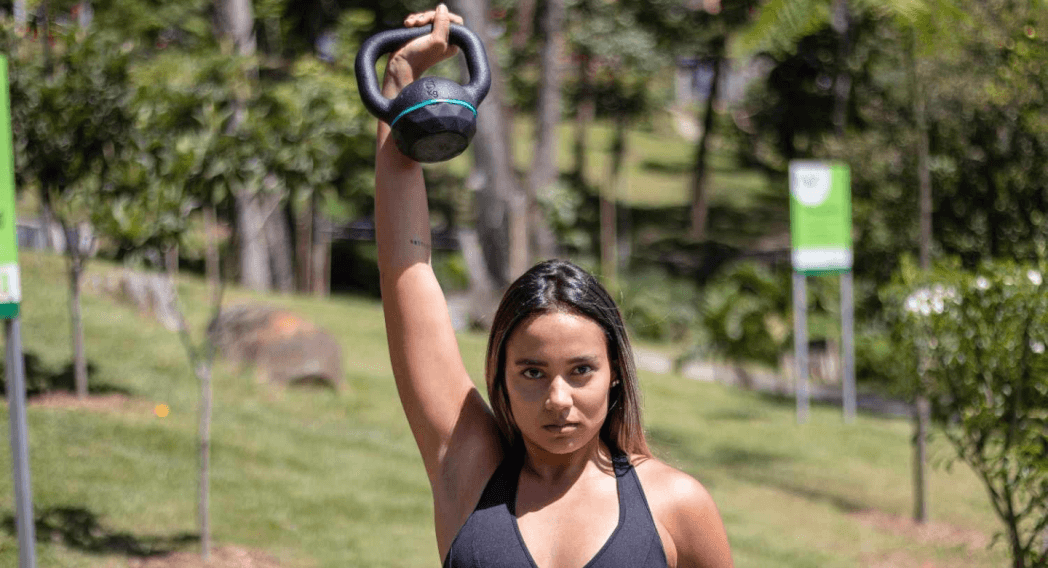
- Hold dumbbells at shoulder height with palms facing forward.
- Press the weights overhead until the arms are fully extended.
- Lower back to shoulder height and repeat for 10–12 reps.
C. Lower Body Strength
Lunges (Forward/Reverse) –
Strengthens legs and improves balance on uneven trails.
How to Do It:
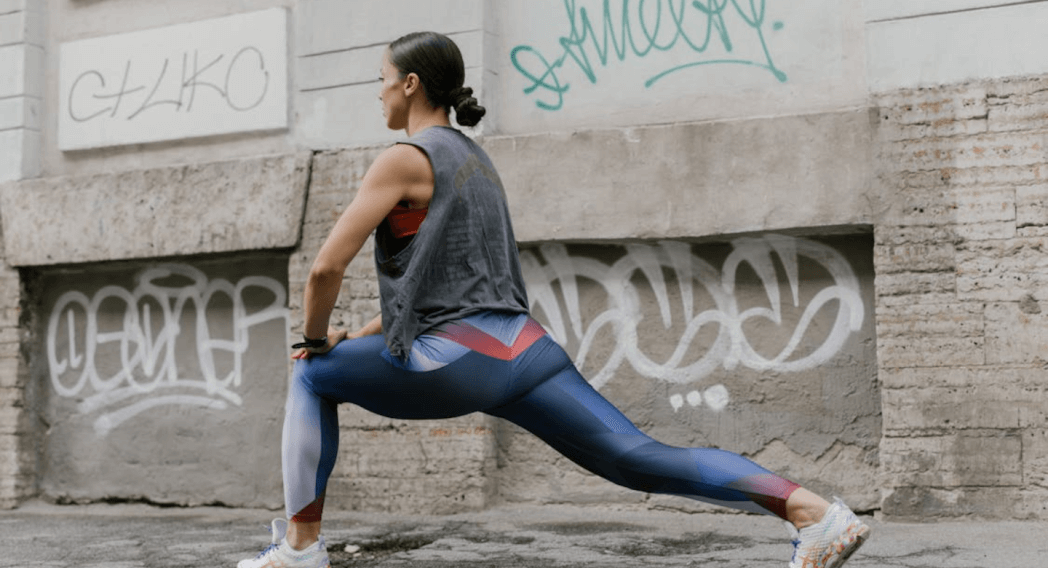
- Forward Lunge: Step forward with one foot and lower your back knee toward the ground.
- Reverse Lunge: Step backward and lower the front knee.
- Alternate legs for 8–12 reps per side.
Goblet Squats –
Builds leg muscles and engages the core for uphill climbs.
How to Do It:
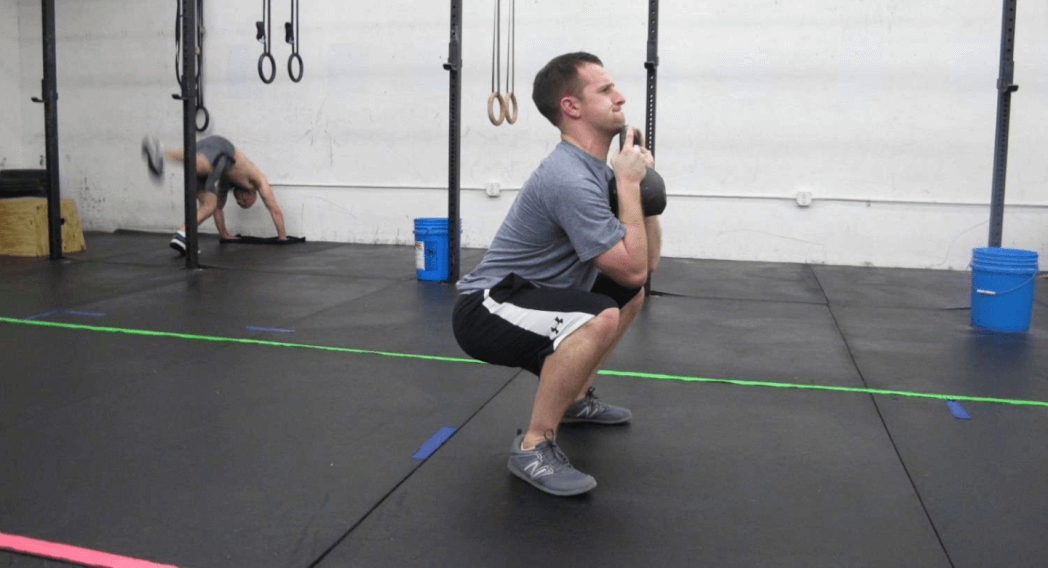
- Hold a dumbbell or kettlebell close to your chest.
- Squat down by pushing your hips back and bending your knees.
- Keep your chest up and return to standing.
- Perform 10–15 reps.
D. Balance and Stability
Step-Ups on Elevated Surface –
Improves leg strength and balance for hiking uphill.
How to Do It:
- Stand in front of a bench or sturdy box.
- Step up with one foot, driving through the heel to lift your body.
- Step down and repeat for 10–12 reps per leg.
Single-Leg Deadlifts –
Enhances stability and strengthens hamstrings
How to Do It:
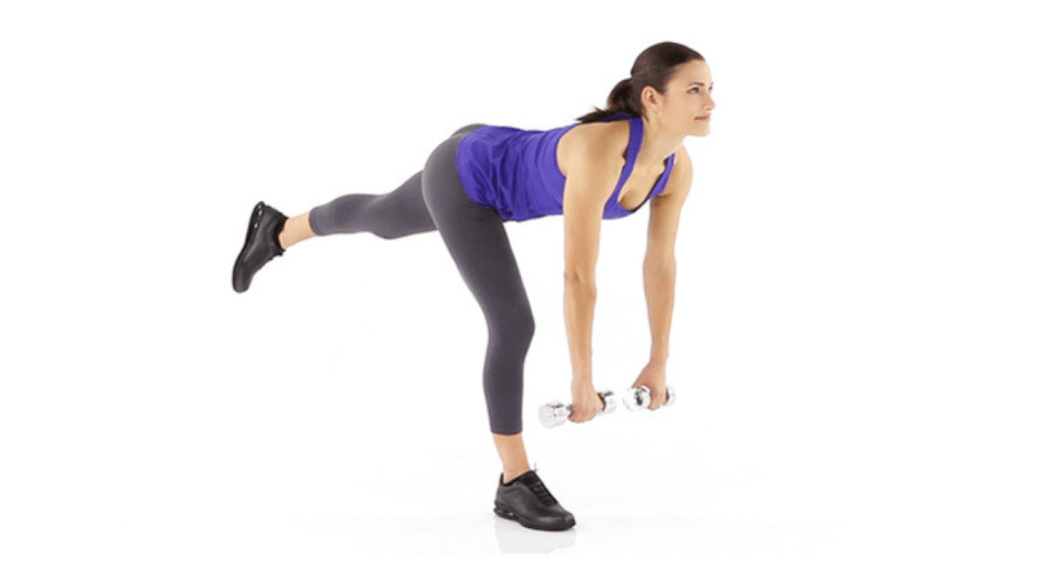
- Hold a dumbbell in one hand and balance on the opposite leg.
- Hinge at the hips, extending the free leg behind while lowering the weight toward the floor.
- Return to standing and repeat for 8–10 reps per leg.
E. Functional Strength and Endurance
Farmer’s Walk (with Dumbbells or Backpack) –
Builds grip strength, core stability, and overall endurance for carrying a backpack
How to Do It:
- Hold a heavy dumbbell in each hand or wear a loaded backpack.
- Stand tall and walk forward for 30–60 seconds.
- Rest and repeat 2–3 times.
How to Incorporate These Exercises into Your Routine
| Exercise | Beginners(Set *Reps or Time) | Advanced Trekkers(Set *Reps or Time) | Progression Tip |
| Plank Variations | 3 x 20–30 sec | 4 x 45–60 sec | Add weight on your back or extend hold time. |
| Dead Bug Exercise | 3 x 10 reps/side | 4 x 15 reps/side | Slow down movement or hold light weights. |
| Push-Ups | 3 x 8–10 reps | 4 x 15–20 reps | Progress to decline or weighted push-ups. |
| Bent-Over Rows | 3 x 10 reps (lightweight) | 4 x 12–15 reps (heavier weight) | Gradually increase dumbbell weight. |
| Overhead Shoulder Press | 3 x 8–10 reps | 4 x 12–15 reps | Use heavier dumbbells or resistance bands. |
| Lunges (Forward/Reverse) | 3 x 8 reps/leg | 4 x 12–15 reps/leg | Add dumbbells or a weighted vest. |
| Goblet Squats | 3 x 10 reps | 4 x 15 reps | Increase the kettlebell/dumbbell weight. |
| Step-Ups on Elevated Surface | 3 x 8 reps/leg | 4 x 12 reps/leg | Use a higher surface or hold weights. |
| Single-Leg Deadlifts | 3 x 8 reps/leg (lightweight) | 4 x 10–12 reps/leg (heavier weight) | Increase weight or perform slower reps. |
| Farmer’s Walk | 3 x 30 sec (moderate weight) | 4 x 45–60 sec (heavier weight) | Use heavier weights or walk uphill. |
Training Frequency:
3–4 times per week for optimal strength and endurance gains.
Progression Tips:
- Increase Weight Gradually: Add weight every 1–2 weeks.
- Focus on Form: Prioritize proper form before increasing intensity.
- Mix Exercises: Rotate variations to target muscles differently.
- Rest and Recover: Allow 48 hours of rest between strength sessions.
Stretching and Mobility for Muscle Recovery
Stretching after strength training is essential for muscle recovery, reducing soreness, and improving flexibility. It helps release tension, enhances blood flow to muscles, and prevents stiffness, which is crucial for maintaining mobility during long treks.
Read more about the best stretches for trekking
Let’s Sum Up
Exercises for Backpack Carrying are essential for building strength, balance, and endurance, which are crucial for handling the physical demands of backpacking. These exercises prepare your body to manage heavy loads and tackle rough terrains effectively. Starting training early ensures better preparedness, reduces the risk of injuries, and promotes a safer, more enjoyable trekking experience. Regularly incorporating exercises for backpack carrying into your fitness routine will help develop the necessary strength and stability, allowing you to embark on treks with confidence and ease.
References
Cronkleton, E. (2019, September 5). How to get a Full-Body Strength Training workout at home. Healthline.
Ms, E. Q. (2024, May 13). How to do a plank: proper form, variations, and common mistakes. Verywell Fit.
Pic Credit: Pexels
Frequently Asked Questions (FAQs) on 10 Essential Exercises for Backpack Carrying Comfort
How often should I perform these exercises to see results?
Aim for 3–4 workout sessions per week, combining strength, balance, and endurance exercises for optimal results.
Do I need gym equipment for these exercises?
No, many exercises like planks, push-ups, lunges, and step-ups can be done with body weight. Dumbbells or a backpack can be used for added resistance.
How long does it take to build strength for backpacking?
With consistent training, noticeable improvements in strength and endurance can be seen in 4–6 weeks.
Can beginners do these exercises safely?
Yes, start with lower sets and reps, focus on proper form, and gradually increase intensity.
Which exercise is best for reducing back pain from carrying a backpack?
Plank variations and bent-over rows strengthen core and back muscles, reducing the risk of back pain.
How do I prevent knee pain while hiking?
Strengthening leg muscles with lunges, goblet squats, and step-ups can improve joint support and reduce knee strain.
Is stretching necessary after every workout?
Yes, stretching aids in muscle recovery, prevents stiffness, and improves flexibility for better trekking performance.
How can I improve my balance for rough terrains?
Single-leg deadlifts and step-ups enhance balance and stability, crucial for navigating uneven trails.
Can I replace dumbbells with a backpack for resistance training?
Absolutely! A loaded backpack can be used for exercises like farmer’s walks, squats, and lunges to mimic trekking conditions.
What’s the best way to track my progress?
Monitor your reps, sets, and weight increases weekly. Tracking endurance improvements during hikes can also reflect your progress.





